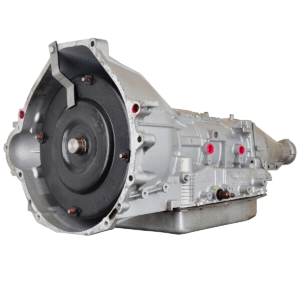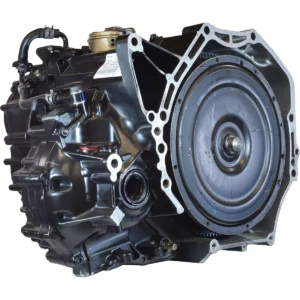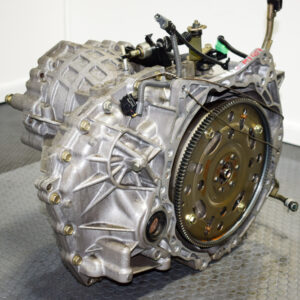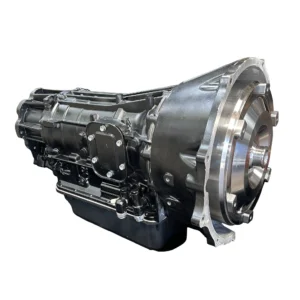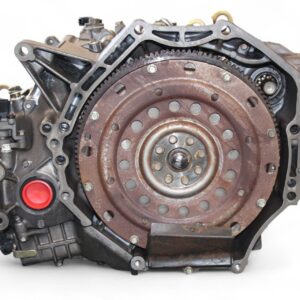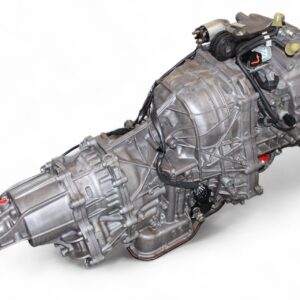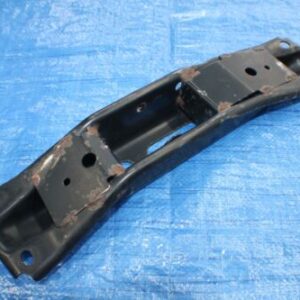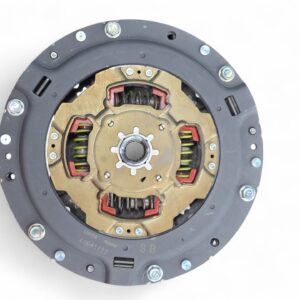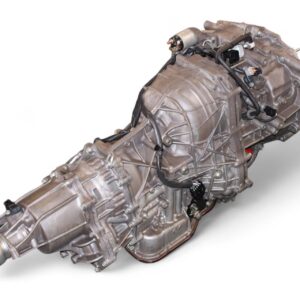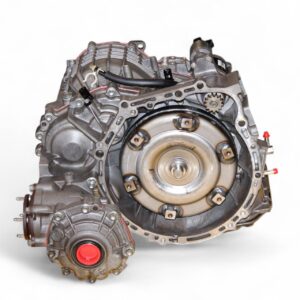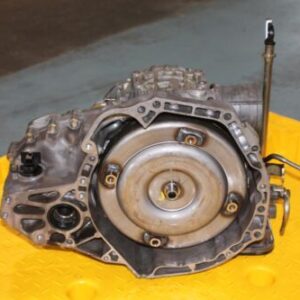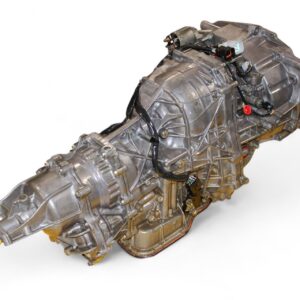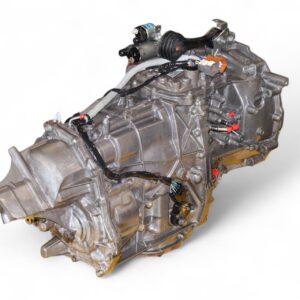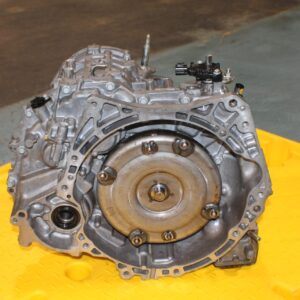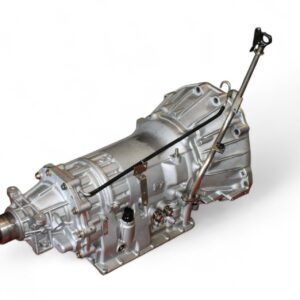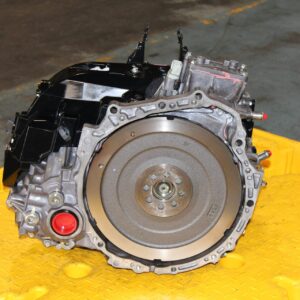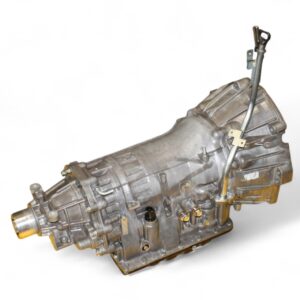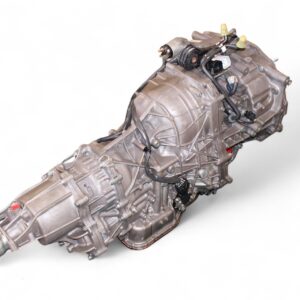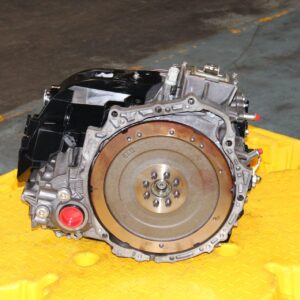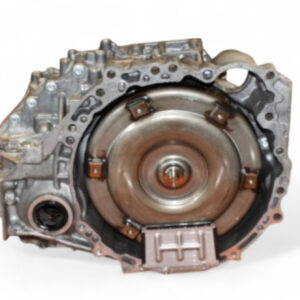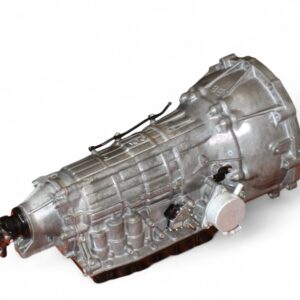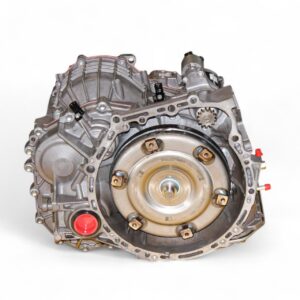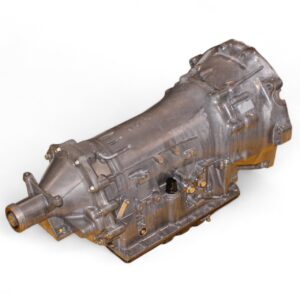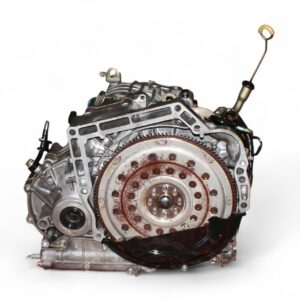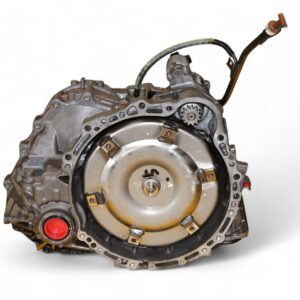Manual and Automatic Transmissions: A Comprehensive Guide
When it comes to driving a vehicle, the transmission system plays a vital role in how power is transferred from the engine to the wheels. Whether you’re a seasoned driver or a car enthusiast, understanding the difference between manual and automatic transmissions is essential when choosing your next vehicle or maintaining your current one.
In this comprehensive guide, we will explore what manual and automatic transmissions are, their pros and cons, their types, maintenance tips, and how to choose the right one for your driving needs.
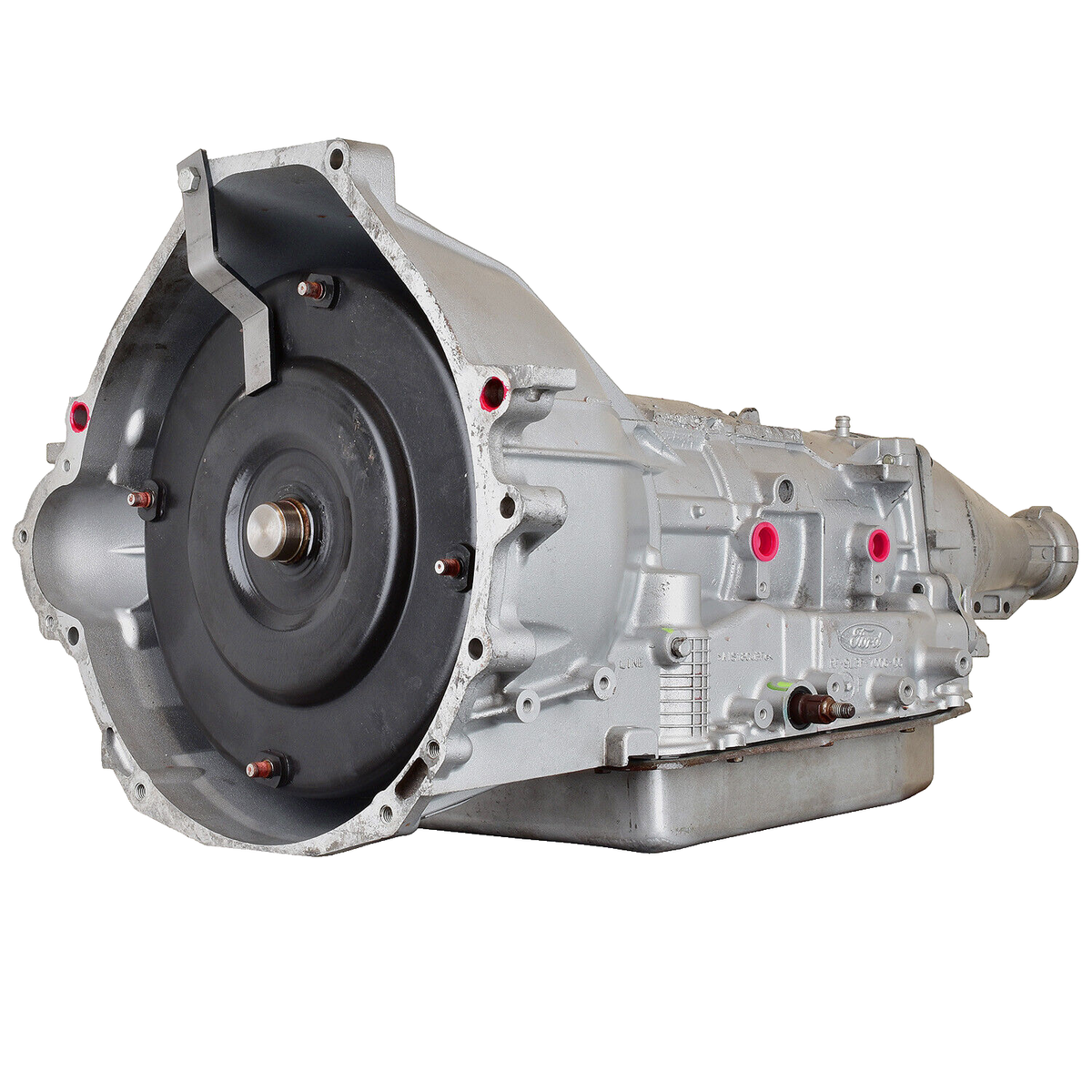
What is a Transmission?
A transmission is a mechanical component that connects the engine to the wheels. It controls the amount of power transferred from the engine to the drive axle, allowing the car to move efficiently at different speeds. In simpler terms, the transmission ensures that the engine operates within an optimal range while the vehicle speeds up or slows down.
There are two primary types of car transmissions:
-
Manual Transmission (MT)
-
Automatic Transmission (AT)
Each system operates differently and comes with its own set of advantages and drawbacks.
Manual Transmission (MT)
What is a Manual Transmission?
Also known as a “stick shift,” a manual transmission requires the driver to manually change gears using a clutch pedal and a gear lever. The driver has full control over the gear shifting process.
How Does it Work?
Manual transmissions use a clutch disc and a flywheel connected to the engine. When the driver presses the clutch pedal, the clutch disengages from the flywheel, allowing the driver to shift gears.
Pros of Manual Transmission
-
Fuel Efficiency
Manual cars are generally more fuel-efficient because they do not require energy for an automatic gearbox operation. -
Lower Cost
Vehicles with manual transmissions are usually cheaper to purchase and repair. -
Greater Control
Drivers have better control over gear changes, which can be beneficial for off-road or performance driving. -
Better Performance
Sports cars often use manual transmissions for quicker acceleration and precision.

Cons of Manual Transmission
-
Learning Curve
New drivers may find it difficult to learn how to drive a manual car. -
Traffic Hassles
Constant gear shifting in heavy traffic can be tiring. -
Resale Value
Fewer people prefer manual transmissions today, which can affect resale value.
Automatic Transmission (AT)
What is an Automatic Transmission?
An automatic transmission shifts gears on its own without input from the driver. It uses a torque converter or other automated mechanisms to manage gear changes based on the car’s speed and engine load.
How Does it Work?
Automatic transmissions use planetary gear sets, hydraulic systems, and electronic sensors to determine the optimal time to shift gears. It simplifies the driving experience, especially in urban environments.
Pros of Automatic Transmission
-
Ease of Use
No clutch or manual shifting is needed, making it ideal for beginners and city driving. -
Comfort
Smoother gear changes offer a more relaxed driving experience. -
Resale Value
Automatics are more popular in many markets, making them easier to resell. -
Advanced Features
Many automatics now come with features like paddle shifters, adaptive shifting, and driving modes.
Cons of Automatic Transmission
-
Higher Cost
Automatic vehicles are more expensive to purchase and maintain. -
Fuel Consumption
Older automatics tend to consume more fuel, although modern models have improved. -
Complexity
More complex systems mean higher repair costs if something fails.
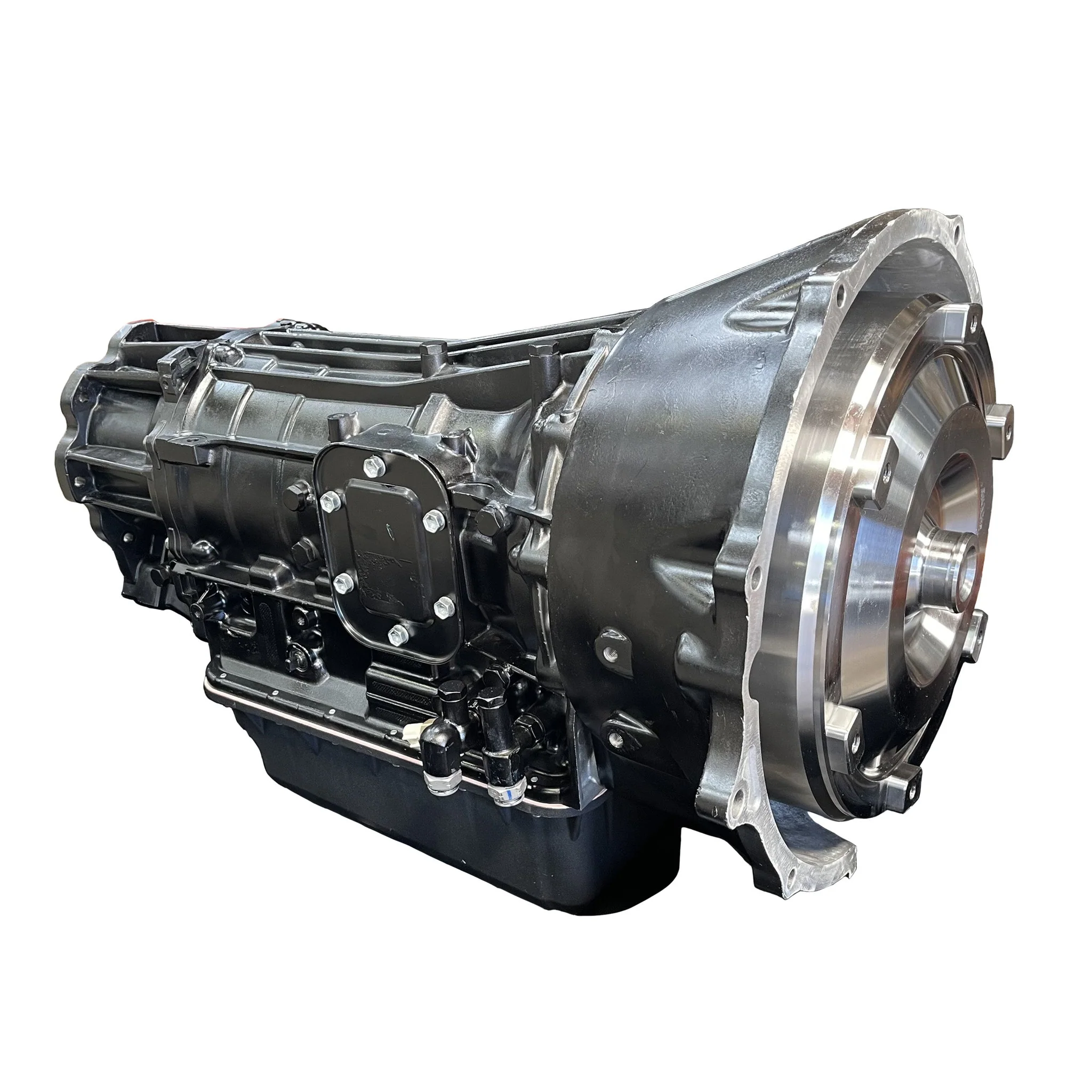
Types of Transmissions
Manual Transmission Types
-
Single-Clutch Manual: Traditional gear-and-clutch system.
-
Sequential Manual: Used in racing; allows quick gear changes in order.
Automatic Transmission Types
-
Torque Converter Automatic: Most common, smooth operation.
-
Continuously Variable Transmission (CVT): No gear shifts; offers seamless acceleration.
-
Dual-Clutch Transmission (DCT): Uses two clutches; faster and sportier shifting.
-
Automated Manual Transmission (AMT): A manual gearbox with automatic controls.
Manual vs Automatic: A Comparison Table
| Feature | Manual Transmission | Automatic Transmission |
|---|---|---|
| Ease of Driving | Harder to learn | Easier for beginners |
| Cost | Lower purchase & repair | Higher purchase & repair |
| Fuel Efficiency | Generally better | Improving in newer models |
| Performance | Better in sports driving | More comfort in daily use |
| Maintenance | Cheaper and simpler | Expensive and complex |
| Control | Full driver control | Limited manual input |
| Popularity | Less common | More common |
Transmission Maintenance Tips
Proper care extends the life of your transmission, regardless of the type.
For Manual Transmissions:
-
Check and replace clutch fluid (if applicable)
-
Don’t ride the clutch
-
Shift gears smoothly
-
Avoid resting your hand on the gear lever
For Automatic Transmissions:
-
Check and replace transmission fluid
-
Use the parking brake on inclines
-
Service the transmission at manufacturer-recommended intervals
-
Avoid sudden accelerations and decelerations
Which Transmission is Right for You?
Choosing between manual and automatic depends on several factors:
1. Driving Environment
-
City driving favors automatics due to frequent stops.
-
Rural or open-road driving may suit manuals better for fuel efficiency.
2. Driving Skill
-
If you’re new to driving, an automatic may be a smoother transition.
-
Manual is ideal for those who enjoy a hands-on driving experience.
3. Budget
-
Manual cars typically cost less to buy and maintain.
4. Fuel Economy
-
CVTs and modern automatics rival or outperform manuals in efficiency.
5. Performance Needs
-
For high-performance driving or racing, manual or dual-clutch transmissions are preferred.
Future of Transmissions
As electric vehicles (EVs) gain traction, traditional transmissions are evolving. Most EVs use a single-speed transmission because electric motors deliver consistent torque without needing multiple gears.
Manufacturers are also investing in intelligent automatic transmissions that adapt to driving behavior, offering a blend of comfort, performance, and fuel efficiency.
Final Thoughts
The debate between manual and automatic transmissions continues, but the right choice depends on your lifestyle, preferences, and driving conditions. While manuals offer engagement and control, automatics provide convenience and ease. Both have evolved significantly, offering options for every type of driver.
When buying your next vehicle or upgrading your current one, consider not just the type of transmission, but also its long-term maintenance, driving comfort, and fuel efficiency. And remember—regular maintenance is key to keeping your transmission running smoothly, no matter the type.
Frequently Asked Questions (FAQs)
1. Is a manual transmission more fuel-efficient?
Yes, traditionally manual transmissions are more fuel-efficient, but modern automatics and CVTs have caught up in efficiency.
2. Which transmission lasts longer?
Manual transmissions often last longer due to fewer complex parts, provided the clutch is maintained properly.
3. Can I switch from automatic to manual?
You can convert, but it’s costly and requires mechanical modifications.
4. Do automatic cars have a clutch?
No clutch pedal, but automatics use components like a torque converter to do the job of the clutch.
5. Is CVT better than automatic?
CVT offers smoother acceleration and better efficiency but may feel less engaging.
Transmissions Categories
People buying in this category
1999 Acura TL 3.2L V6 4-Speed Automatic Transmission JDM j32a m7ya
The 1999 Acura TL 3.2L V6 JDM J32A engine with M7YA 4-speed automatic transmission remains a sought-after powertrain for enthusiasts and repair shops alike. Despite the transmission’s historical weaknesses, sourcing a quality JDM replacement can breathe new life into an older TL, offering factory-level performance and reliability at a fraction of the cost of brand-new OEM parts.
2006-2011 Honda Civic1.8L Automatic Transmission JDM r18a
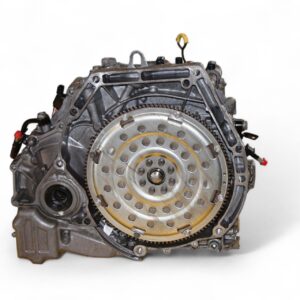
2006-2011 Honda Civic1.8L Automatic Transmission JDM r18a
2006-2011 Honda Civic1.8L Automatic Transmission JDM r18a


